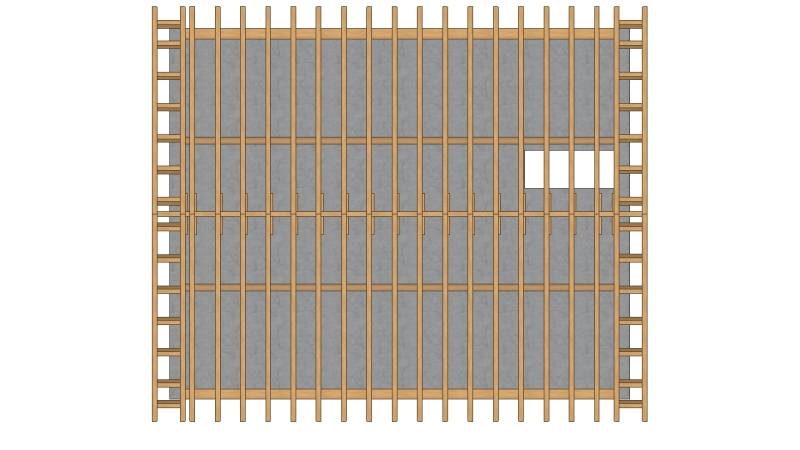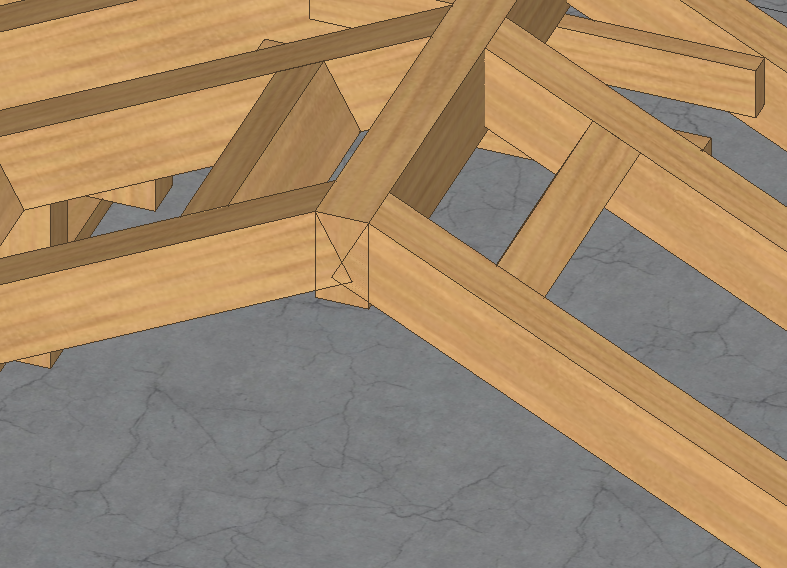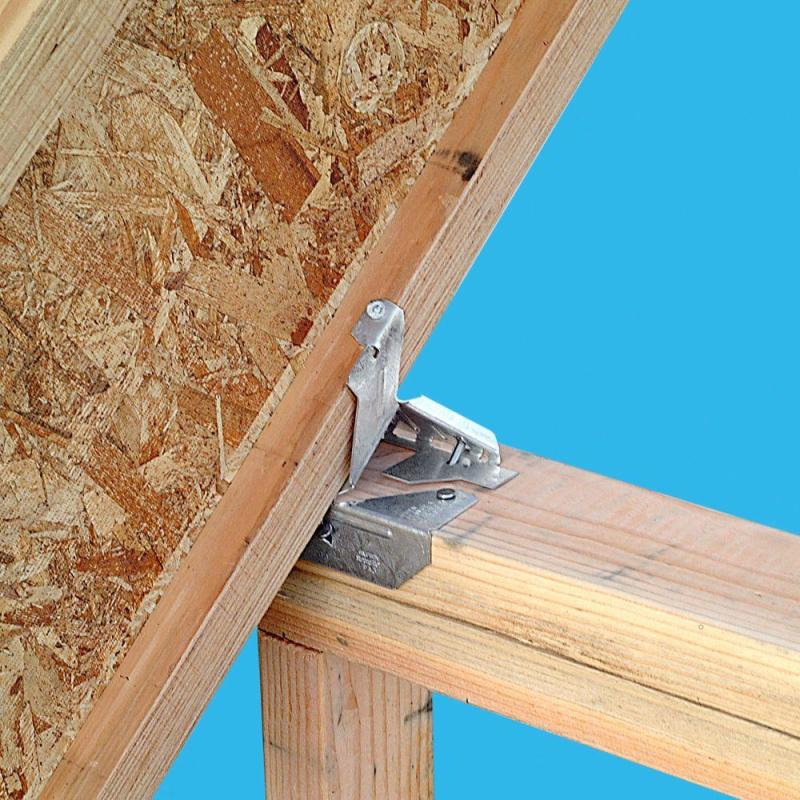kellez
Civil/Environmental
- Nov 5, 2011
- 276
Hello everyone,
I am designing a timber roof supported on an RC slab (which many of you have already seen). After a lot of help from members of the forum i have come up with the design shown at the bottom of the post.
I am now modelling the timber roof frame for the analysis and design and i need your advice on what supports/type of joints shall i use between the members.
In total there are 4 different connections that i need to model
1) Rafter to wall plate
2) Rafter to stud wall
3) Rafter to ridge beam at the top
4( Stud wall to concrete slab

I am modelling the whole structure together including the RC Columns, beams and slabs together with the timber roof.

Final design of the roof






I am designing a timber roof supported on an RC slab (which many of you have already seen). After a lot of help from members of the forum i have come up with the design shown at the bottom of the post.
I am now modelling the timber roof frame for the analysis and design and i need your advice on what supports/type of joints shall i use between the members.
In total there are 4 different connections that i need to model
1) Rafter to wall plate
2) Rafter to stud wall
3) Rafter to ridge beam at the top
4( Stud wall to concrete slab

I am modelling the whole structure together including the RC Columns, beams and slabs together with the timber roof.

Final design of the roof












